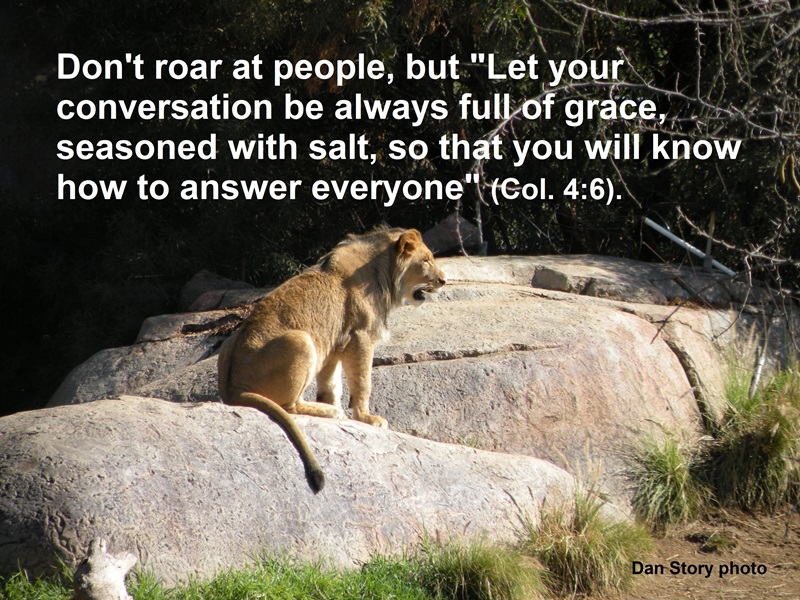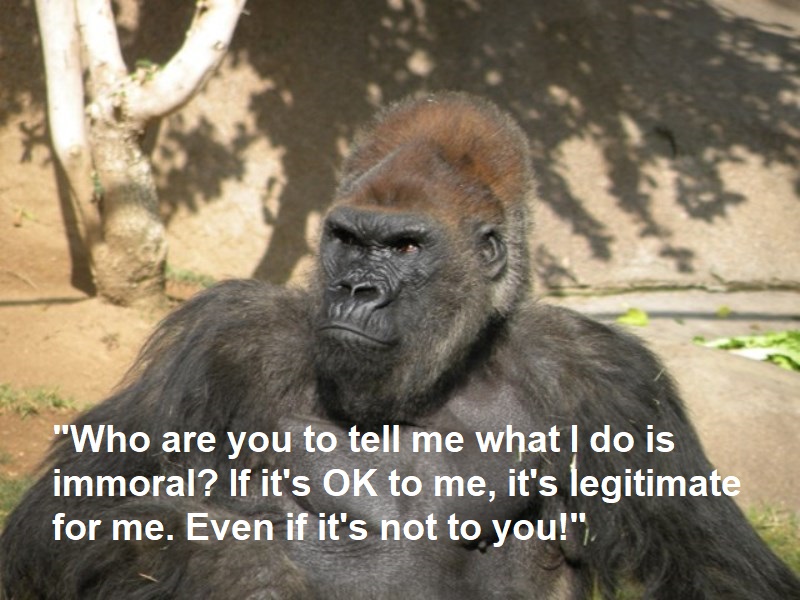
Part Five: Honey Bee Communication and Navigation
Honey bees are arguably the most fascinating social insect on earth; in particular, because of their navigational skills and the astonishing way they communicate with other bees in their colonies. As most people know, honey bees collect pollen and nectar as food for the colony, and in the process pollinate flowering plants and manufacture honey. In pursuing these activities, however, honey bees reveal an incredible ability to navigate and communicate with each other—traits with no evolutionary pathway through the random processes of natural selection.
Wendy Billock, who holds a Ph.D. in biology, writes about the honey bee’s amazing eyesight and communication skills in a fascinating book edited by Josh Shoemaker & Gary Braness titled, God & the World of Insects:
Bees possess color vision, ultraviolet vision, polarized-light sensitivity, the ability to compensate for the sun’s movements across the sky, an internal sense of time, a dance-language system of communication, a keen sense of smell, distance estimation skills, muscle memory, and a magnetic compass.” (112)
After a food source is located, foraging honey bees must communicate its location to other members of the colony. Billock continues:
Foraging bees that have returned to the hive have an extraordinary way to communicate the location of a food source to other colony members. . . . The bee waggle dance is a sequence of actions performed by a bee surrounded by other colony members. Through motions and vibrations, it accurately communicates both the direction and distance for others to fly to find the foraging site. (115)
This communication technique is so sophisticated that another researcher “has noted that in terms of information capacity, the symbolic language of bees is ‘second only to human language.’” (115)
Can natural selection, operating through random processes and chance, account for the origin of honey bee’s multiple, interrelated biological functions necessary for bees to discover food sources and then communicate their locations to other members in their colonies? Not likely, since neither the bee’s complex eyes nor its navigational skills would have any function unless each succeeding evolutionary step developed simultaneously and worked mutually together until the fully developed bee is operational.
The only feasible origin for the honey bee’s sophisticated eyesight and ability to communicate the location of food sources to other members in the colony is an intelligent, creative Designer—the God revealed in both Scripture and the Book of Nature. ©









